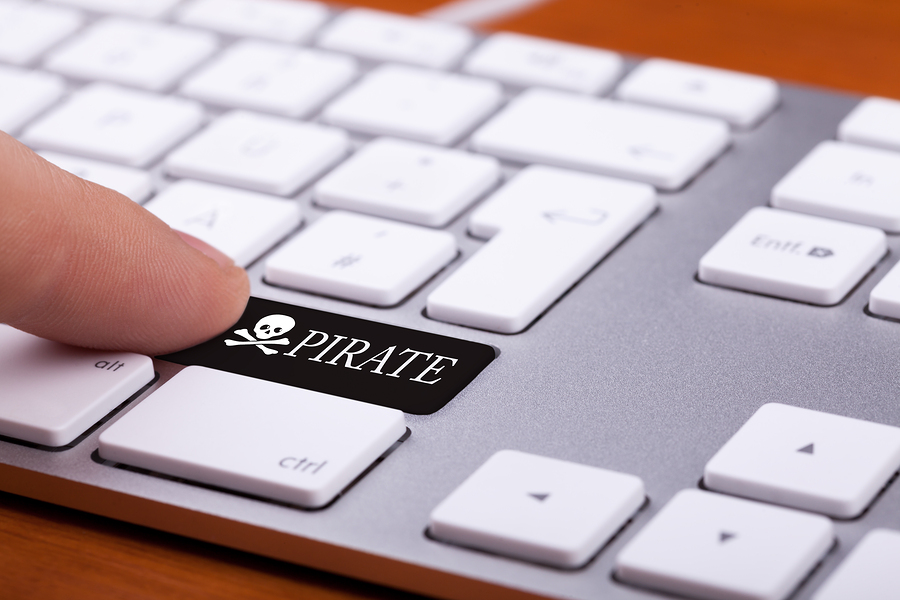If customers asked you to give your products away for free, what would you say? Understandably, you wouldn’t be too open to the idea. But every day, small businesses expect popular software providers to do just that. Based on the recent Global Software Survey, the Business Software Alliance (BSA) estimates that around 18 per cent of software installed on personal computers in Australia is unlicensed*. And that adds up to around US$540 million (or A$730.8 million) in “free products” per year.
When it comes to unlicensed software, however, the issue isn’t just an ethical one. Small businesses that use this software are actually putting themselves at increased risk, specifically from security attacks, malware and data breaches. You may not have realised it, but getting rid of unlicensed software is the single easiest way to mitigate your risk of cyberattacks and protecting the long-term success of your business.
No harm done? Not so fast…
Software has become one of the most ubiquitous and essential tools businesses use to perform their most fundamental tasks — from tracking sales, maintaining books, and communicating with customers — and to improve the way they do business, reach new markets, and obtain a competitive advantage. But many businesses also see these efforts hampered by crippling security threats, including exposure to malware.
Malware threats are now at an all-time high with eight new threats appearing every second**. And criminals aren’t just targeting large businesses. In fact, 43 per cent of cyberattacks worldwide in 2015 were against small businesses with less than 250 workers***. These attacks are also becoming more expensive and difficult for business to handle. Attacks can cost a company $2.4 million on average**** — more than $10,000 per infected computer. And it takes businesses an average of 243 days to detect a malware***** attack and can take up to 50 days to resolve****.
Using unlicensed software greatly increases the risk of malware attacks. In fact, businesses now face an astonishing one-in-three chance of encountering malware when they obtain or install an unlicensed software package or buy a computer with unlicensed software on it. That’s a pretty significant risk. Consequently, close to half of CIOs say malware is one of the top three reasons not to use unlicensed software.
The best way to mitigate your risk
Security attacks don’t just cost businesses valuable time and resources. They can also result in decreased productivity, lost business data and can also seriously damage your business brand and reputation. Just think about it — would you want to do business with a brand that didn’t protect your personal information or credit card details?
That’s why many small businesses are now following the lead of larger counterparts in developing stronger software management plans — with great results. IDC estimates a 20 per cent increase in software compliance can improve a company’s profits by 11 per cent. But your software management plans don’t have to be complicated. The simple act of using only registered, licensed software can dramatically reduce your security risks, mainly because the software can be patched with the latest updates to defend against malware incursions and data breaches.
Opting to use unlicensed software may seem like the easy route for small-businesses owners, especially those looking for ways to maximise cashflow, cut down on expenses and increase profit. But, the reality is you are exposing your business to unnecessary security risks and could end up hurting your bottom line. So how much is that “free” software really going to cost you? I hope you don’t find out.
Gary Gan, APAC Director – Compliance Programs, BSA – The Software Alliance
*https://gss.bsa.org/wp-content/uploads/2018/05/2018_BSA_GSS_Report_en.pdf
**https://www.mcafee.com/enterprise/en-us/assets/reports/rp-quarterly-threats-mar-2018.pdf
***https://www.foxbusiness.com/features/cyber-attacks-on-small-businesses-on-the-rise
****https://www.accenture.com/t20170926T072837Z__w__/us-en/_acnmedia/PDF-61/Accenture-2017-CostCyberCrimeStudy.pdf
*****https://www.fireeye.com/current-threats/annual-threat-report/mtrends.html










